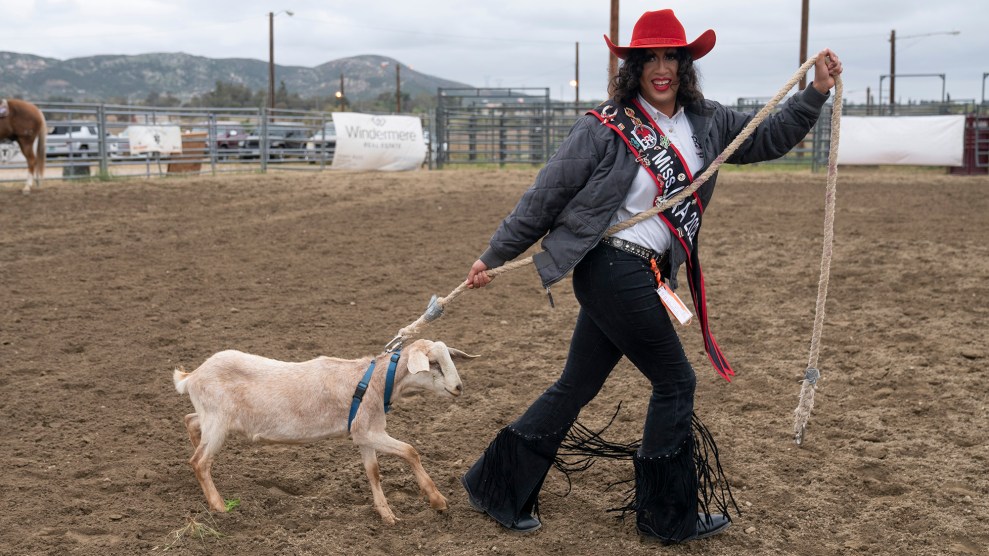The documentary “After Innocence” opens with a stark statement of fact: In the United States, more than 150 people have been exonerated and freed by DNA evidence after spending decades in prison for crimes they did not commit.
The text is followed by emotional scenes as exonerees’ released from prison are reunited with their families. There are tearful but joyous embraces; balloons and flowers. There’s the look of relief and disbelief on the exonerees’ faces.
They’re images we’ve increasingly seen in newspapers and on TV in the past decade, as an increasing number of people have been able to prove, though DNA testing, that they’ve been wrongfully convicted. But what happens after the cameras leave and the ecstasy of homecoming passes?
Marc Simon, who worked at the New York Innocence Project as a law student, sought to answer this question in “After Innocence,” a compelling view into life after exoneration.
“What struck me was that when an individual was exonerated, the media would embrace them as a celebrity,” says Simon, who produced and co-wrote the film with director Jessica Sanders. “The exoneree gets onto TV shows and they’re pictured in the newspaper with their arms in the air; it’s celebrated like a victory. But when the cameras go away, these guys are left nothing, without government support. I realized that it was an ongoing injustice for people who have been wrongfully convicted, and it wasn’t getting any exposure.”
By chronicling the lives of seven exonerees on the outside—in some cases from the moment they step outside of the prison gates after decades of incarceration—“After Innocence” offers a startling message: exonerees, once released from prison, receive less in the way of social services and financial support from the government when they’re prison than felons on parole.
Take exoneree Nick Yarris, one of the seven men featured in the film. In 2003, Yarris was freed after spending 23 years in prison for crimes he didn’t commit. “I was handed five dollars and seven cents of my own money and told to get the hell out,” Yarris told motherjones.com.
DNA testing had shown with scientific certainty that Yarris wasn’t responsible for the rape and murder of a Pennsylvania woman, but once released he was responsible for rebuilding his life on his own. He says he has not received any social services—as a parolee would—or monetary compensation for the time he spent in prison for crimes that were not his. The reality was tough to face: He didn’t have a place to live. He had been diagnosed with Hepatitis B in prison, but didn’t have health care. And the only person who would give him a job was an ex-con who paid him $5 for each airport shuttle bus he washed. Beyond that, Yarris says it was hard just to adjust to the noise on the street.
And Yarris isn’t alone. Social services are essentially nil, and financial compensation is rare. And according to the California-based Life After Exoneration Project, which connects exonerees with social services and mentoring, neither the state that wrongfully convicted them nor the communities that they’re returned to is equipped to respond to the practical and emotional challenges that exonerees face.
“[Exonerees] assume that when they get out, now only should they have their life back but their life should be easier,” Lola Vollen, founder of the Life After Exoneration Project, says in the film. “What they find is not what they expect.”
In addition to Yarris, the other men featured in “After Innocence” hint at the range of logistical and emotional difficulties that exonerees confront. There’s Dennis Maher, 43, of Massachusetts who was convicted when he was 20 years old, and now must return to live with his parents. He says that before he went to prison, he had hoped to serve in the military before starting a second career as a mechanic. “That was my hope,” he tells the cameras. “It got shattered.”
Like most exonerees, Scott Hornoff, a Rhode Island police officer who was wrongfully convicted of murder, didn’t get any financial compensation, so he battles the police department to get back pay for the time he spent in prison. Hornoff’s wife says in the film: “He’ll be slumped over and he’ll say, ‘I never thought I’d say this but in a lot of ways it was easier in prison.’ And that is heartbreaking.”
And then there’s Vince Moto, a sweet-natured father of two from Philadelphia wrongfully convicted of rape. But because his criminal record hasn’t been expunged, Moto has a hard time finding regular work. Every time he fills out a job application, he faces a quandary. “They ask you, ‘Have you been convicted of crime,’ not ‘Have you been wrongfully convicted of a crime?’” he says in the film.
In some of the most candid interviews in the documentary, Moto describes how his absence has affected his family relationships—there’s even an interview with his daughter who admits that she had a hard time, at first, believing her dad was innocent.
And Moto admits that he’s constantly dealing with a feeling of emasculation because he can’t provide for his family. “You took the prime years of my life—21, 22, 23, 24, 25—the years when you actually establish yourself in your career,” he tells the cameras while sitting at the dinner table one evening. “Those are the years they took from me. They didn’t compensate me or anything. They didn’t give me anything: ‘We made a mistake, you can go home.’”
Compensation has become the central focus of advocates for exonerees such as the Life After Exoneration Project, and screenings of “After Innocence” have become the centerpiece of a public awareness campaign designed to encourage state legislatures to create or improve compensation laws for the wrongfully convicted. “Out of the featured exonerees in the film, only one has received compensation,” says Simon, the film’s producer. “A majority of states don’t have compensation laws and those that do are either insufficient or have legal hurdles that can prevent someone from receiving compensation.”
As a documentary work, “After Innocence” succeeds in bringing attention to an ignored population. (It has to be said, though, that the film’s portrayal of the Innocence Project is a little boosterish.) And for all the desolation of the individual stories, the film is, in the end, an optimistic look at a complicated and disturbing subject. In fact, one could argue that “Afer Innocence,” in its focus on exonerees who had families to go home to, and who somehow cultivated powerfully positive attitudes, is too optimistic. The uglier stories that we know exist—ones involving exonerees who are homeless, back in prison, or disabled by anger—go untold in the film. And yet, it’s these more difficult stories that, along with the ones we see in “After Innocence,” could reveal the true depth of the injustice that the wrongfully convicted face on the outside.
“After Innocence” opened in New York at the Quad Cinema on October 21.
















